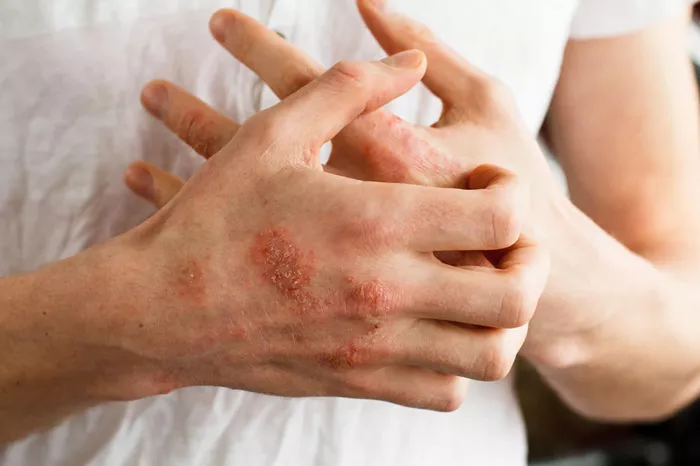Shellfish allergy is one of the most common food allergies among adults worldwide. It is also known to cause severe allergic reactions that can be life-threatening. Understanding how quickly symptoms of a shellfish allergy can begin is crucial for effective management and treatment. This article provides an in-depth look at the onset of shellfish allergies, including the mechanisms behind allergic reactions, the time frame in which symptoms can appear, and how to manage and respond to these reactions.
What is a Shellfish Allergy?
A shellfish allergy occurs when the body’s immune system reacts abnormally to proteins found in certain types of shellfish. This reaction can lead to a range of symptoms from mild to severe. Shellfish are divided into two categories: crustaceans (like shrimp, crab, and lobster) and mollusks (such as clams, mussels, oysters, and scallops). Allergies to crustaceans are generally more common than to mollusks.
Pathophysiology of Shellfish Allergies
1. Immune System Response
Allergen Recognition: When someone with a shellfish allergy consumes shellfish, their immune system identifies the shellfish proteins as harmful, triggering an immune response.
Histamine Release: This response leads to the release of histamine and other chemicals from cells in the body, which cause the symptoms of an allergic reaction.
2. Genetic and Environmental Factors
Genetic Predisposition: There is often a hereditary component to allergies, meaning that they can run in families.
Environmental Exposure: The likelihood of developing a shellfish allergy can also be influenced by the amount and frequency of exposure to shellfish.
Onset of Allergic Reactions to Shellfish
1. Timing of Symptoms
Immediate Reactions: Most allergic reactions to shellfish occur almost immediately, typically within minutes to an hour after consuming the allergen.
Delayed Reactions: In rarer cases, symptoms can appear several hours after exposure.
2. Factors Influencing the Onset Time
Amount of Shellfish Consumed: The more shellfish ingested, the quicker and more severe the reaction can be.
Individual Sensitivity: The sensitivity of the immune system to shellfish proteins can affect how fast symptoms develop.
Common Symptoms of Shellfish Allergies
1. Mild to Moderate Symptoms
Skin reactions: Hives, itching, eczema.
Gastrointestinal symptoms: Nausea, vomiting, diarrhea.
Respiratory symptoms: Wheezing, coughing, nasal congestion.
2. Severe Symptoms
Anaphylaxis: This is a life-threatening reaction that can impair breathing, cause a dramatic drop in blood pressure, and affect heart rate. It requires immediate medical attention.
Diagnosing Shellfish Allergies
1. Medical History and Symptoms Review
Initial Assessment: A detailed discussion of symptoms and eating habits with a healthcare provider can help suggest a preliminary diagnosis.
2. Allergy Testing
Skin Prick Test: A small amount of the shellfish extract is placed on the skin, which is then pricked to allow the allergen to enter the outer layer of skin.
Blood Test: Measures the level of specific IgE antibodies to shellfish proteins in the blood.
Management and Prevention of Shellfish Allergies
1. Avoidance Strategies
Reading Labels: Avoiding shellfish means more than steering clear of the seafood counter. It involves vigilantly reading labels for hidden sources of shellfish.
Cross-Contamination: Being aware of potential cross-contamination in restaurants and when purchasing prepared foods.
2. Emergency Preparedness
Epinephrine Auto-Injectors: Anyone diagnosed with a shellfish allergy should carry an epinephrine auto-injector at all times.
Action Plans: Developing an allergy action plan with a healthcare provider can help manage unexpected reactions.
Living with a Shellfish Allergy
1. Dietary Adjustments
Alternative Nutrients: Finding alternative sources of nutrients typically obtained from shellfish, such as omega-3 fatty acids found in flaxseeds and walnuts.
2. Social Considerations
Educating Friends and Family: It’s important to educate those around about the allergy to ensure safety in social and dining situations.
Support Groups: Joining allergy support groups for shared experiences and advice.
Conclusion
Understanding the speed at which shellfish allergy symptoms can start is vital for timely and effective treatment. Recognizing the signs of an allergic reaction and knowing how to respond can save lives. Through careful management, education, and preparedness, individuals with shellfish allergies can lead safe, healthy lives despite their condition.
Further Resources
For more information on managing shellfish allergies, resources such as the Food Allergy Research & Education (FARE) website, the American College of Allergy, Asthma & Immunology (ACAAI), and local allergy clinics can provide valuable support and guidance.
[inline_related_posts title=”You Might Be Interested In” title_align=”left” style=”list” number=”6″ align=”none” ids=”8365,8361,8304″ by=”categories” orderby=”rand” order=”DESC” hide_thumb=”no” thumb_right=”no” views=”no” date=”yes” grid_columns=”2″ post_type=”” tax=””]































